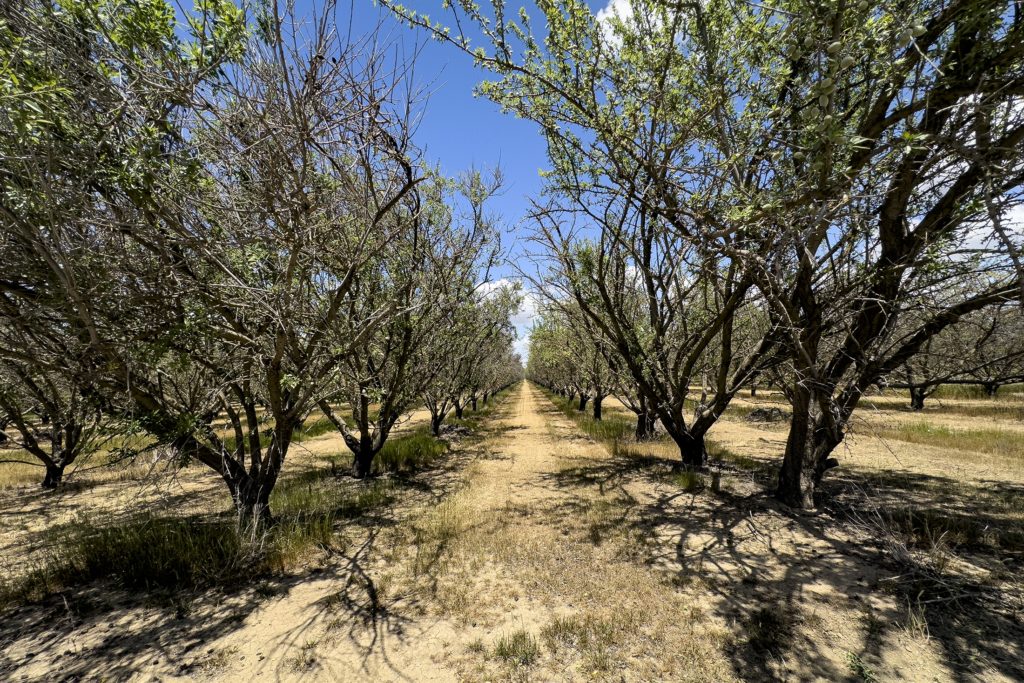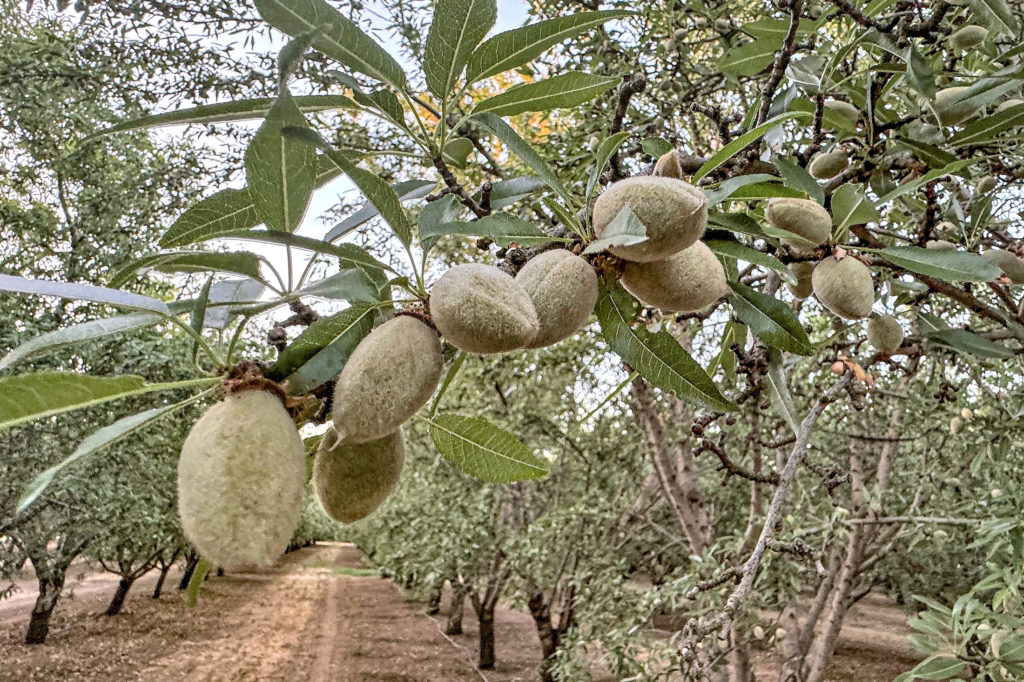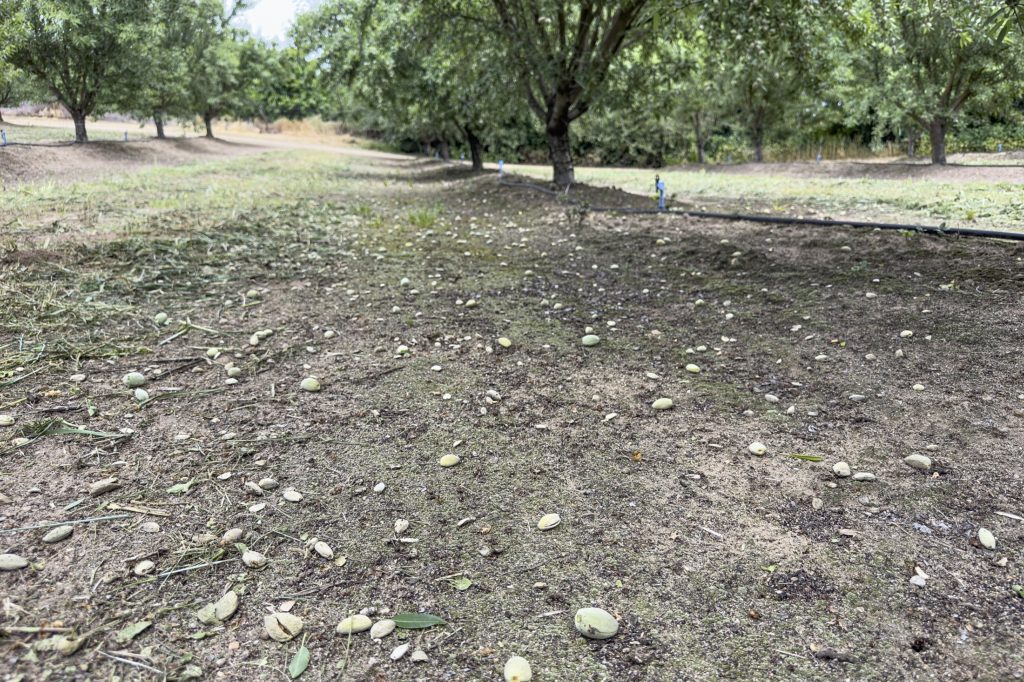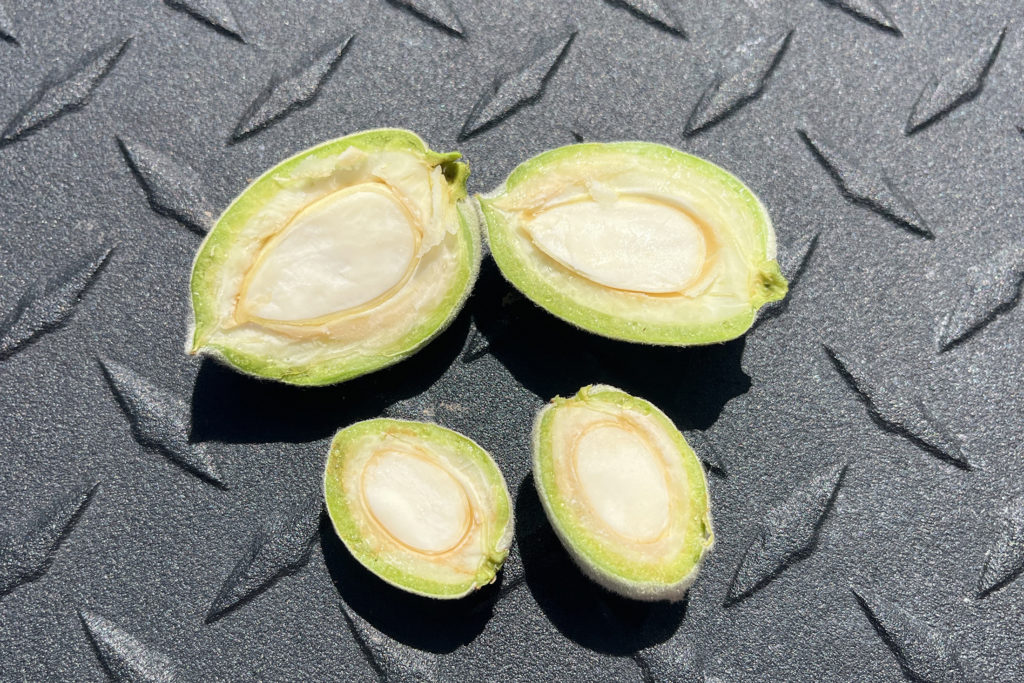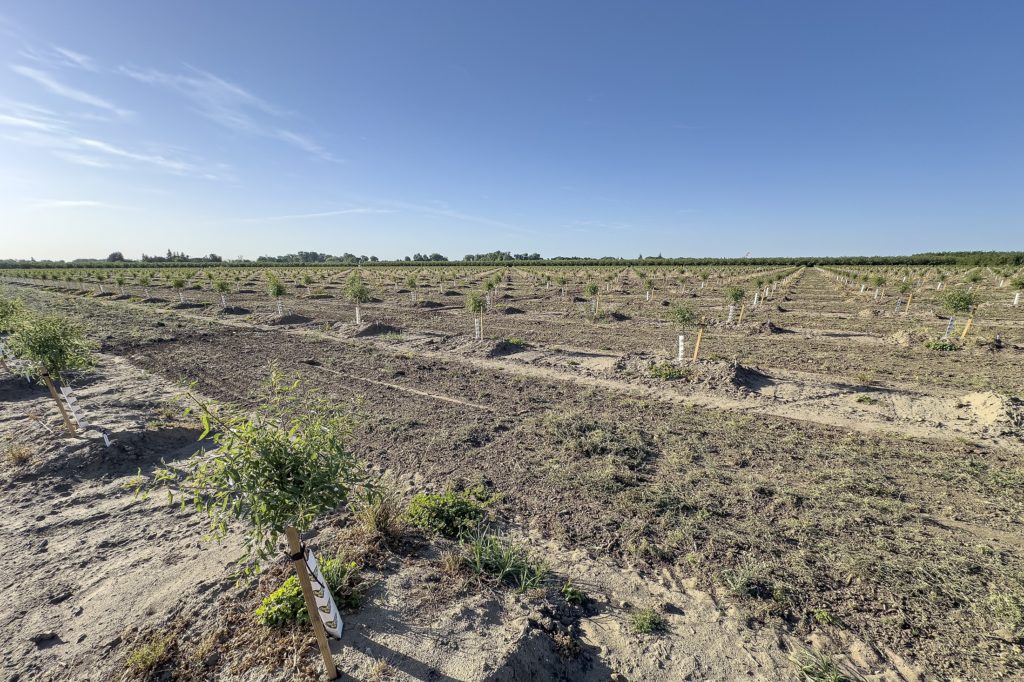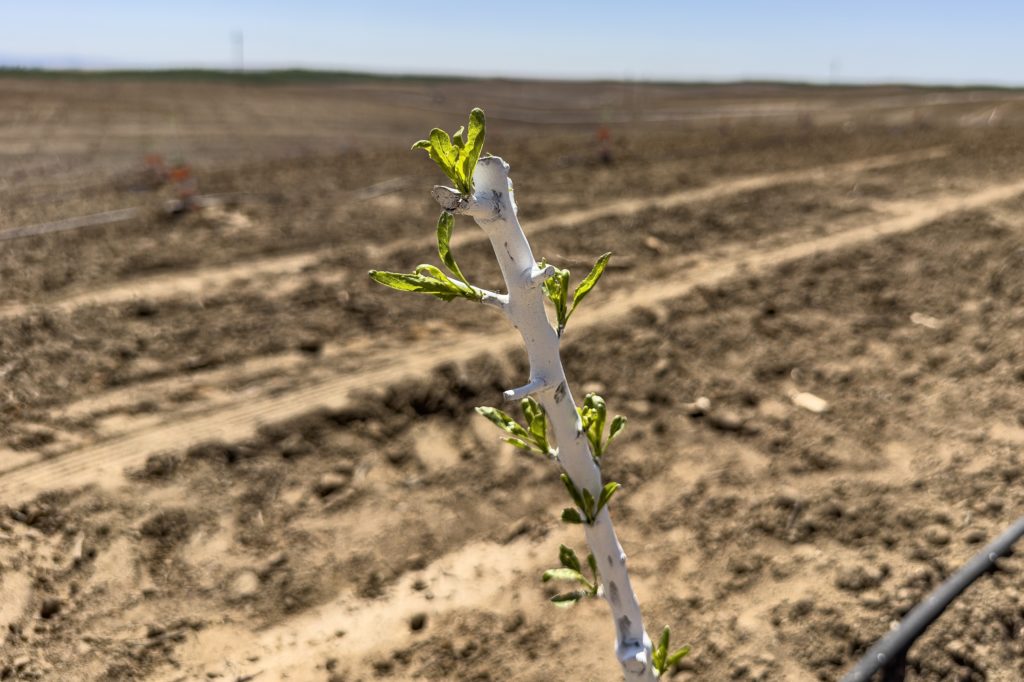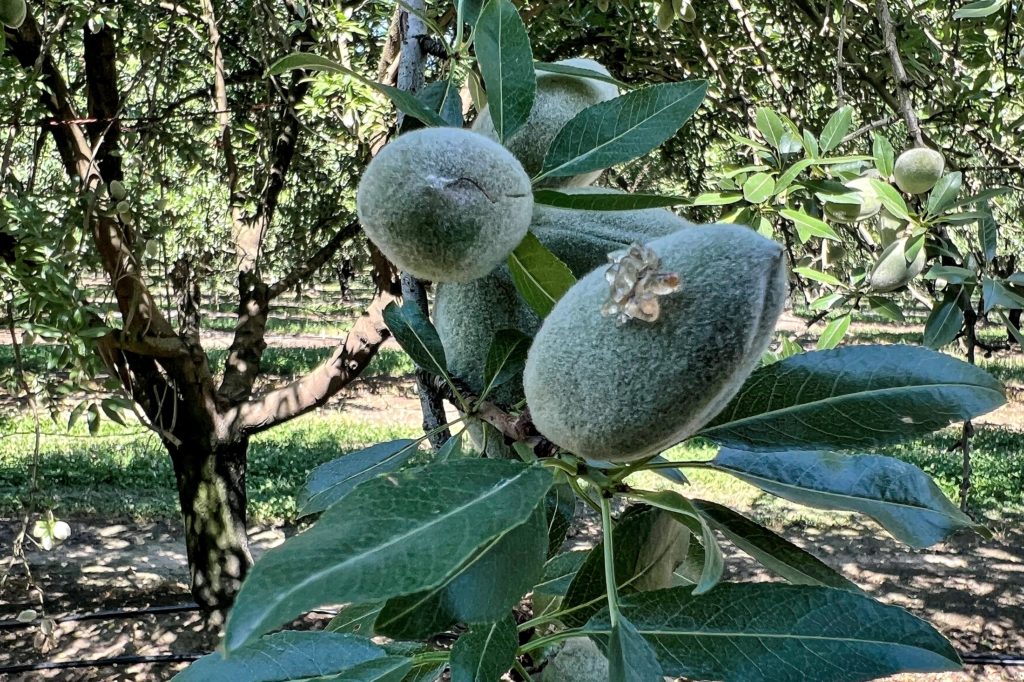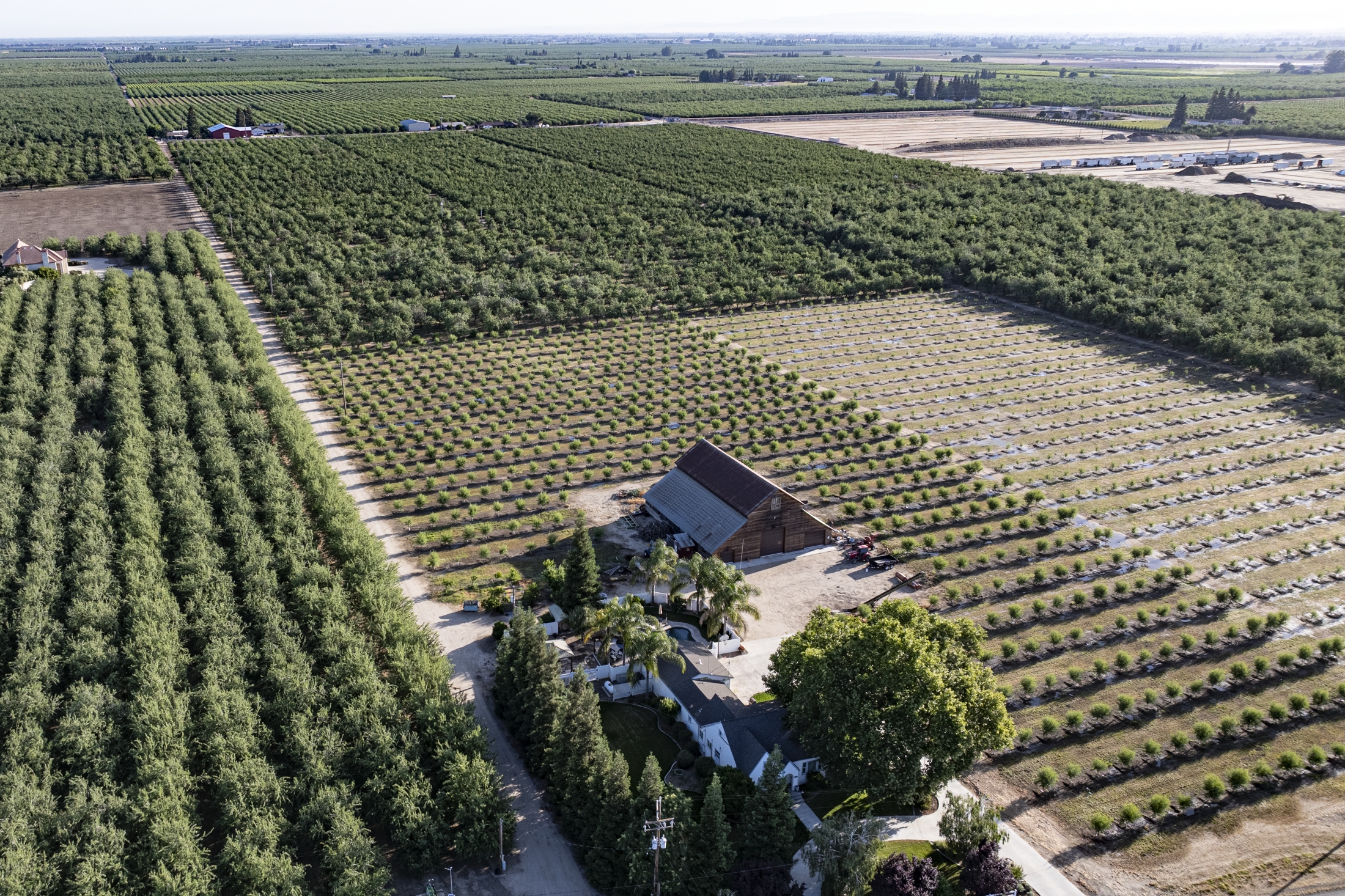
This report covers the conditions and activities observed from April 28 to June 1, 2025. The next report is scheduled for Monday, June 30, 2025. In the event of any significant occurrences prior to that date, this site will be updated as soon as possible.
California’s Central Valley experienced highly variable temperatures in all areas during May with brisk winds on many days, complicating grower efforts to complete orchard tasks. Through the vast majority of the period, daily maximum temperatures would rest in the upper 60’s and lower 70’s, then rise into lower 90’s before dipping back to cooler levels. Highest temperatures were recorded on the final weekend of the period when temperatures reached as high as 105 degrees on the final day of May. Morning lows exhibited a bit more stability, ranging between the upper 50’s and upper 60’s. Several areas of the Sacramento Valley received brief showers early in the period, totaling only a few hundredths of an inch of rain.
Observers are reporting that the 2025 crop has entered the comparatively mundane time of year when growers focus their efforts largely on irrigation and fertilization and a little pest management thrown in as required. As may be observed in the photo accompanying this report, kernels of all varieties became fully solidified during the period and are now at their maximum weight. In spite of the below average yield forecast by the USDA National Agricultural Statistics Service, growers with younger plantings have noted fairly strong crops and some were observed cutting the ends off branches to reduce crop weight on the trees and prevent limb breakage. Those with middle age and older plantings are uniformly reporting lower crop potential.
As to fertility, nearly all growers apply their fertilizer materials with their irrigation and seek to complete nitrogen applications at the end of May. This practice helps reduce the incidence of fungal infections on the hulls after hull split. Applications of liquid potassium and other materials can continue later into the season. However, some have adopted the practice of “continuous fertigation,” with smaller volumes of nitrogen materials being applied each week, almost until hull split, without increasing the incidence of hull rot.
Observers are reporting that orchards in all areas are generally in good condition. Except for the final days of the period when daily temperatures reached as high as 105 degrees, weather conditions have not subjected the crop or trees to undue stress. Per normal operations, vegetation management continued during the period with growers sending flail mowers into the orchards to control excess growth in the orchard middles, the area between the tree rows. As noted in our previous report, growers continue to combat various plant bug species. Pest Control Advisors are reporting relatively low counts of navel orangeworm (NOW) moths in traps baited with pistachio kernels. Serving as a food source, the pistachio kernels attract the female moths to the traps to lay their eggs. Growers and their advisors will intensify their monitoring of NOW as the crop approaches the hull split.
There have been several reports of orchards infected with red blotch in Merced County. This potentially very serious fungal disease was first reported in the 2024 growing season and is capable of severely defoliating the infected orchards. University of California extension specialists are monitoring the disease closely.
As was noted in reports last year, the problem of low and “no care” orchards continues. Despite improving market prices, low care and abandoned orchards can be observed in all areas of the Central Valley. These orchards present significant issues for neighboring growers, serving as a harbor for NOW during the upcoming hull split.
Orchard removal and replacement operations continued during the period, with observers reporting the greatest proportion of new plantings occurring in the northern San Joaquin and Sacramento valleys. As may be seen in the photo accompanying this report, some growers planting at this time of year choose to apply white paint to the trees as they are planted. This protects the trees from the summer sun, cooling the tissue and providing a barrier that the emerging leaves must push through. This allows the roots to get ahead of the leaves, preventing the tissue from drying before root growth has allowed for water uptake.
Growers will spend the next few weeks preparing for hull split and the upcoming harvest.
By Mel Machado
Photo Credits: KC Clendenin, Austin Jackson, Christine Ivory, Mel Machado

